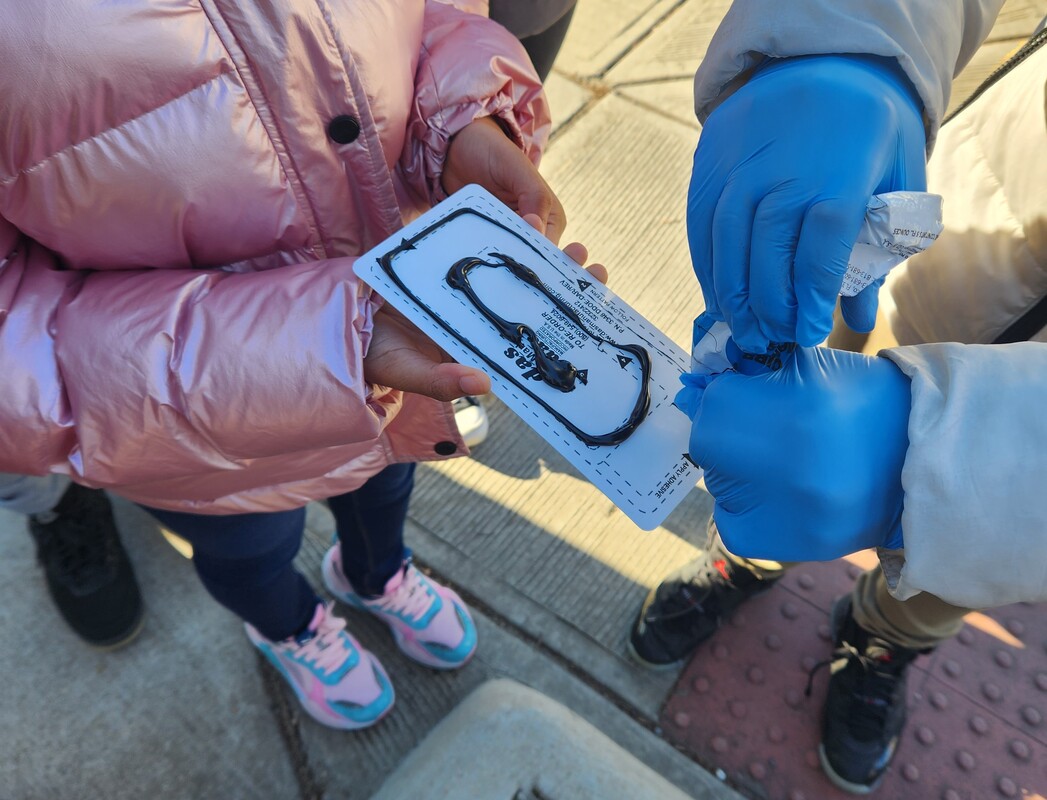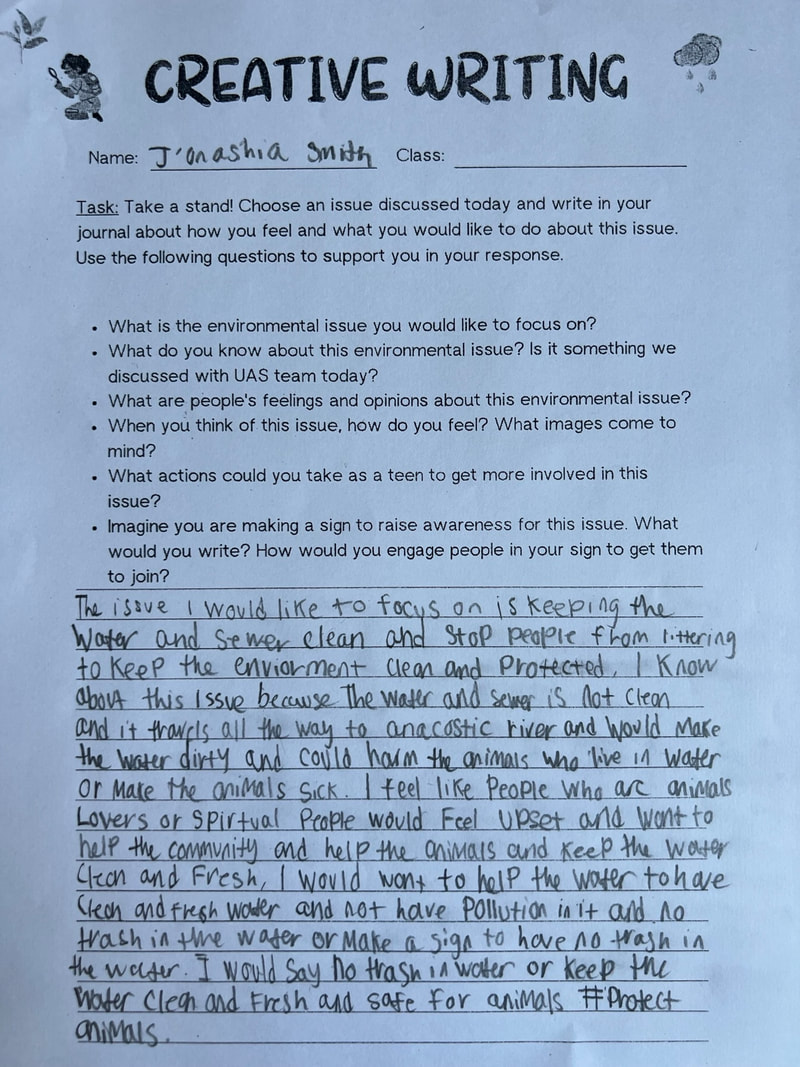In our project with middle schoolers at Wheatley Education Campus, we learned outdoors using lessons and activities that you can do at home. Here are a few you can try with your classroom or community:
|
Understanding our Tree Canopy
What You'll Need:
Getting Started: This is a perfect activity to help give a further understanding of what trees can provide to your neighborhood. The idea is that you are simply comparing the temperature of a surface under the shade of a tree vs. the temperature of that surface without shade. This can be a one-day, short-term activity, or you can compare surface temperature over a longer period of time to get a fuller comparison of the temperatures in your neighborhoods. Calculating the Age of a Tree What You'll Need:
Getting Started:
Geocaching What You'll Need:
Getting Started: Geocaching is a wonderful way to explore the area you live in or where you're visiting. It's essentially an in-app scavenger hunt. Open the app, create an account, and find a Geocache that you want to go find. The green dots are geocaches and the blue dot is you. Happy Geocaching! |

Birding
What You'll Need:
Getting Started:
Storm Drain Marking Do you know where the closest storm drain, or sewer, closest to your home is. Do you know what body of water that storm drain leads to? One great way to learn more about your block, your neighborhood, and your city it to learn where rainwater--and the pollutants, like leaking oil from cars, pesticides from lawns, and litter that are carried by the water--travels, and which local waterways are affected by that runoff. Storm drain marking involves identifying storm drains and placing informative stickers on them. These stickers remind community members that storm drains can carry pollution further down our waterways, and gives people a number to call if they notice a high level of pollution going into the drain. This website from the DC Department of Energy and the Environment provides a detailed explanation of this activity, including an interactive map showing which drains in DC have already been marked. You can order a FREE marking kit through the website, and get out in your neighborhood to share in this important work! |
